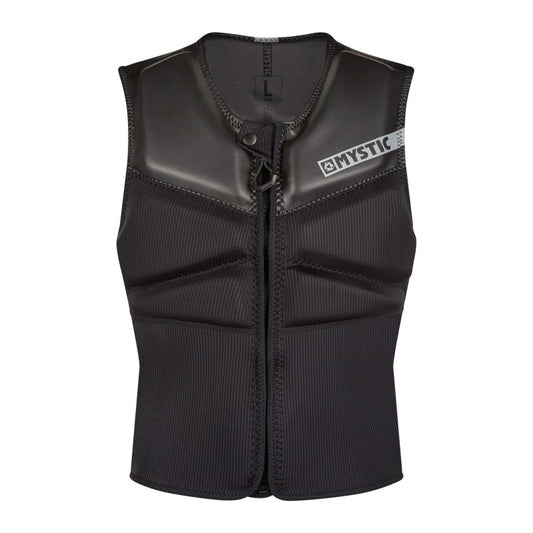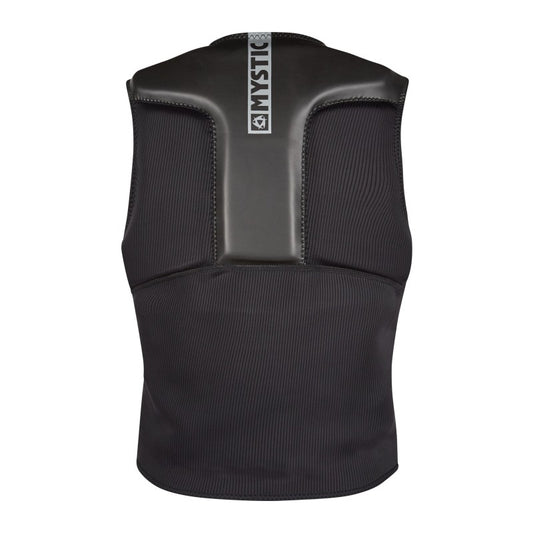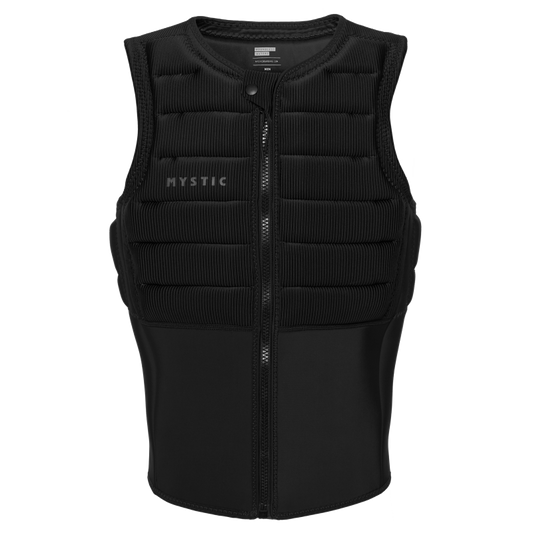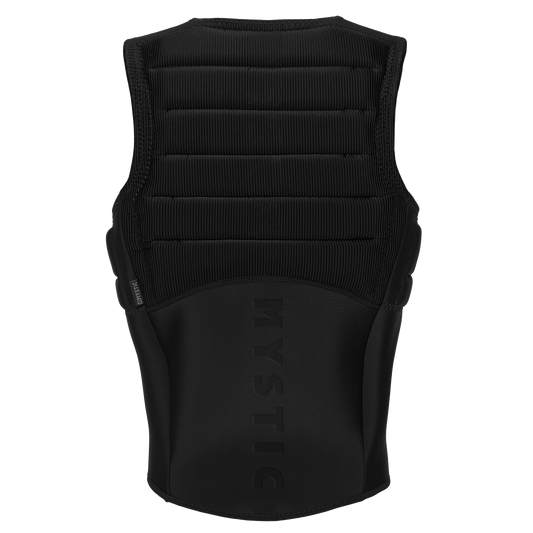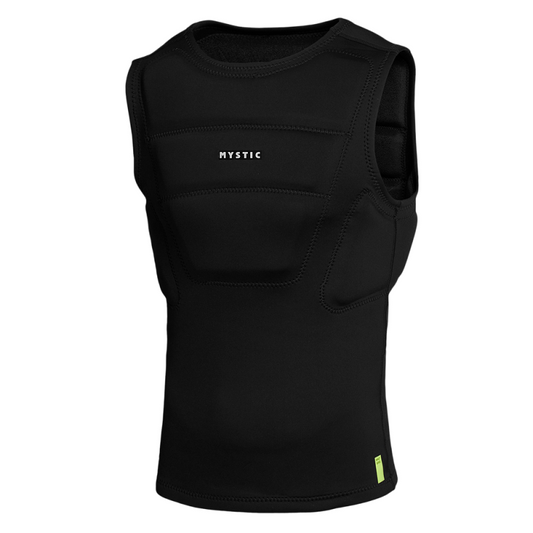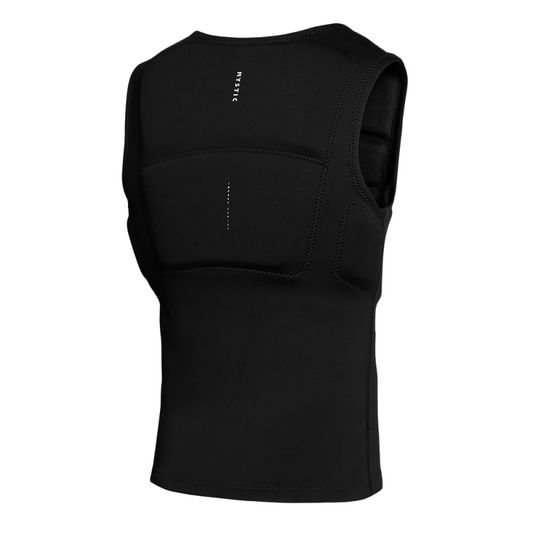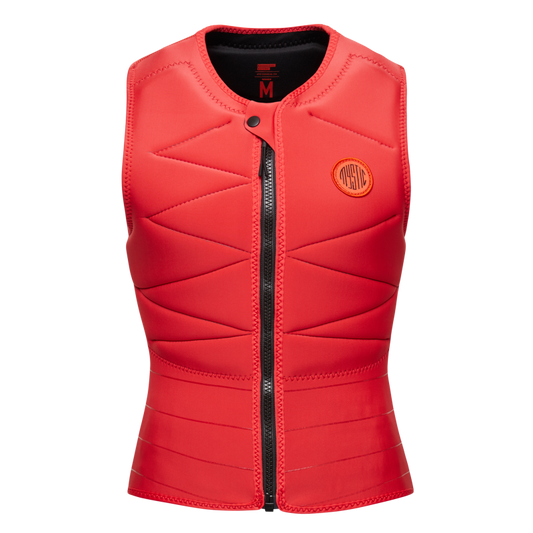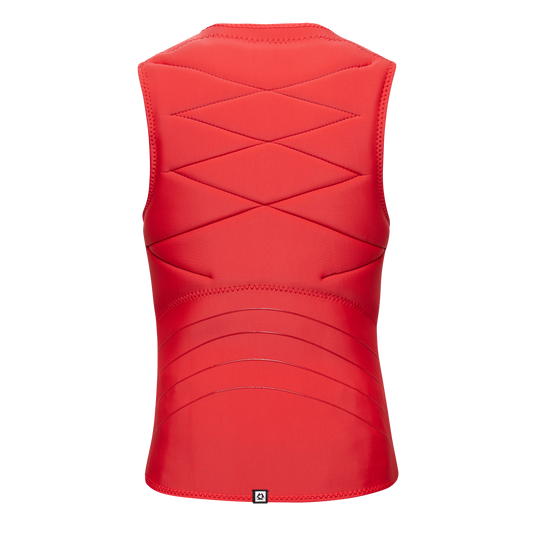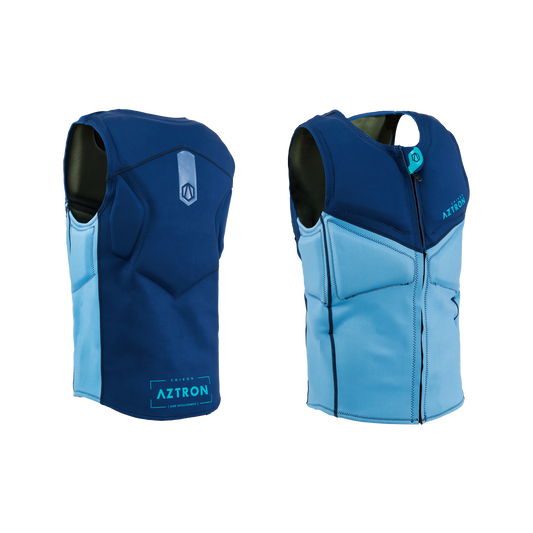Collection: FLOATATION VESTS
Floatation Vests for Safe, Comfortable Riding on Lake Michigan
When you're pushing limits in open water — whether you're kiting off Grand Haven, foiling near Muskegon, or chasing wind swell by SUP — a flotation vest can add critical safety without sacrificing movement. This collection is built for active riders who need low-profile buoyancy, unrestricted arm mobility, and fast-draining materials that won’t weigh you down mid-session.
Unlike bulky life jackets, these are impact-style vests made for surf sports, designed to give you a layer of protection while keeping you agile for transitions, turns, or recoveries. If you're riding solo or venturing farther from shore, a vest is one of the smartest layers you can wear.
What’s the difference between a PFD and an impact vest?
If you’re browsing flotation gear for water sports, you’ve probably come across both PFDs (personal flotation devices) and impact vests — and while they sound similar, they serve very different roles. For most riders on Lake Michigan, especially those kiteboarding, foiling, or surfing, an impact vest is the better fit.
A PFD (like the classic Coast Guard-approved life jacket) is designed to keep your head above water with minimal effort. It’s highly buoyant, but often bulky — which can restrict shoulder movement and get in the way of harnesses or transitions. These are great for passive safety (like fishing or motorboats), but not ideal for active riding.
An impact vest, on the other hand, is built for mobility. It offers low-profile flotation, often 50N or less, and is cut to fit snugly without interfering with a waist or seat harness. Many also add a layer of rib or spine protection, useful for foil wipeouts or freestyle crashes.
Key Differences:
-
Buoyancy: PFDs have more flotation; impact vests are lighter and lower-profile
-
Fit: PFDs are looser; impact vests fit tight and stay secure under movement
-
Use-case: PFDs = passive water use; impact vests = active water sports
- Gear compatibility: Impact vests pair better with harnesses and wetsuits
For riders launching off the Holland State Park pier or catching downwinders near South Haven, a proper impact vest offers just enough flotation for safety without sacrificing freedom of movement.
FAQ
Is an impact vest Coast Guard approved?
No — impact vests are not USCG-approved flotation devices. They're meant for buoyancy support, not lifesaving. Always assess your riding conditions.
Can I use a PFD for kiteboarding or foiling?
You can, but most experienced riders prefer impact vests due to better mobility and harness fit — especially in gusty or high-wind conditions.
Do you need a flotation vest for kiteboarding in Michigan?
If you're kiting on Lake Michigan — especially in spring, fall, or during solo sessions — a flotation vest can be a key piece of safety gear. While not legally required for kiteboarding in West Michigan, many experienced riders wear them for added buoyancy, impact protection, and peace of mind in rough water.
Unlike bulky life jackets, modern kiteboarding vests are designed to work seamlessly with a waist harness. They’re form-fitting, low-profile, and won’t restrict your range of motion during transitions, jumps, or kite loops. Some vests also provide light padding along the ribs and spine — useful during crashes or foil slams.
Why flotation vests matter on Lake Michigan:
-
Cold water = reduced energy: Extra buoyancy helps conserve energy if you're separated from your board
-
Chop and swell: A vest keeps you more visible and supported in rolling surf
- Offshore winds: In rare wind dropouts or gear failures, a vest can buy you time and safety
Riders launching at Muskegon's Pere Marquette Beach or South Haven’s South Pier often face strong side-off winds. If you’re out alone or venturing far downwind, wearing a flotation vest adds a crucial margin of safety.
While many pro kiters go vest-free in warm, controlled conditions, most West Michigan riders agree: if you're riding cold water, choppy conditions, or early in the season, a good impact vest is one of the smartest pieces of gear you can own.
FAQ
Is a flotation vest required for kiteboarding in Michigan?
No, it's not legally required — but many riders use impact vests for safety, especially in shoulder seasons or rough water.
Will a flotation vest interfere with my harness?
Not if you choose a vest made for kiteboarding. Most are cut to fit above or around a waist harness and won’t affect your bar movement or fit.
-
MYSTIC BLOCK IMPACT VEST FRONT ZIP BLACK
Regular price $189.99 USDRegular priceUnit price / per -
MYSTIC MAJESTIC IMPACT VEST FRONT ZIP BLACK
Regular price $143.99 USDRegular priceUnit price / per$179.99 USDSale price $143.99 USDSold out -
MYSTIC IMPACT UNDER VEST
Regular price $155.99 USDRegular priceUnit price / per -
MYSTIC RUBY IMPACT VEST FZIP WOMEN
Regular price $179.99 USDRegular priceUnit price / per -
AZTRON CHIRON NEOPRENE SAFETY VEST MEDIUM
Regular price $115.00 USDRegular priceUnit price / per

